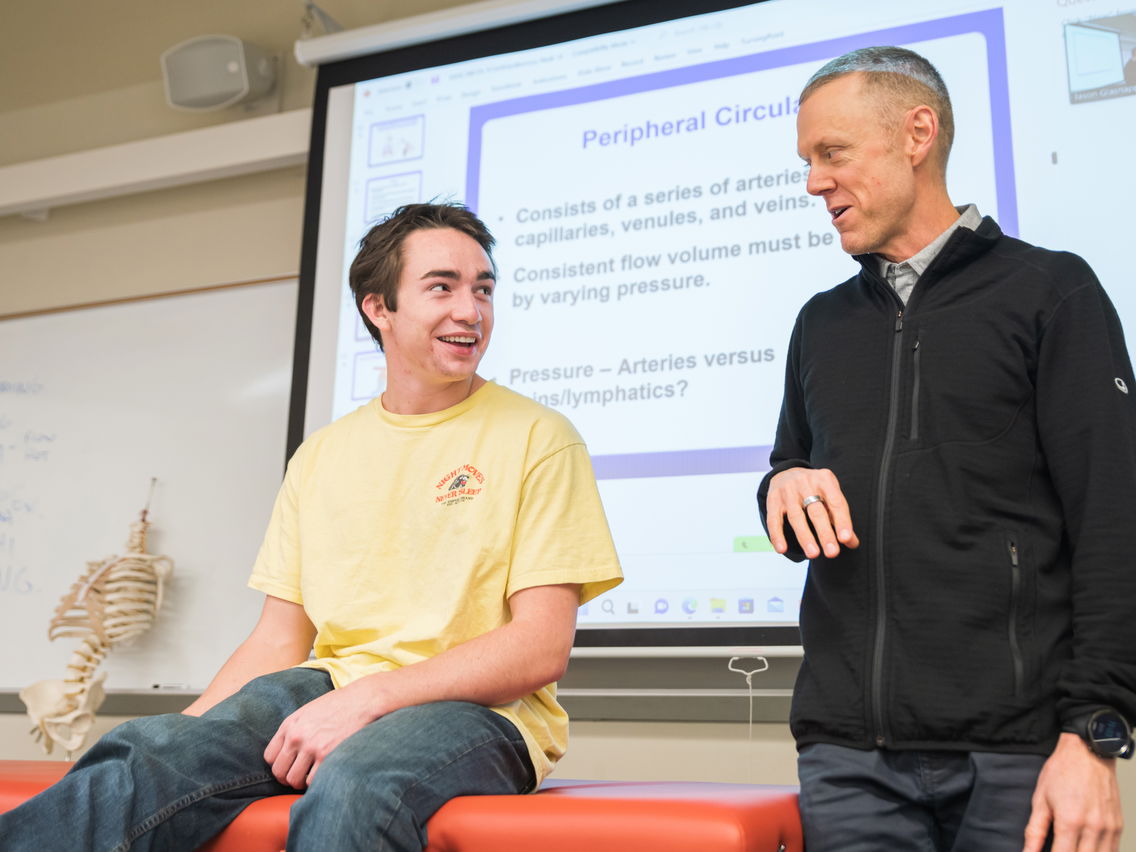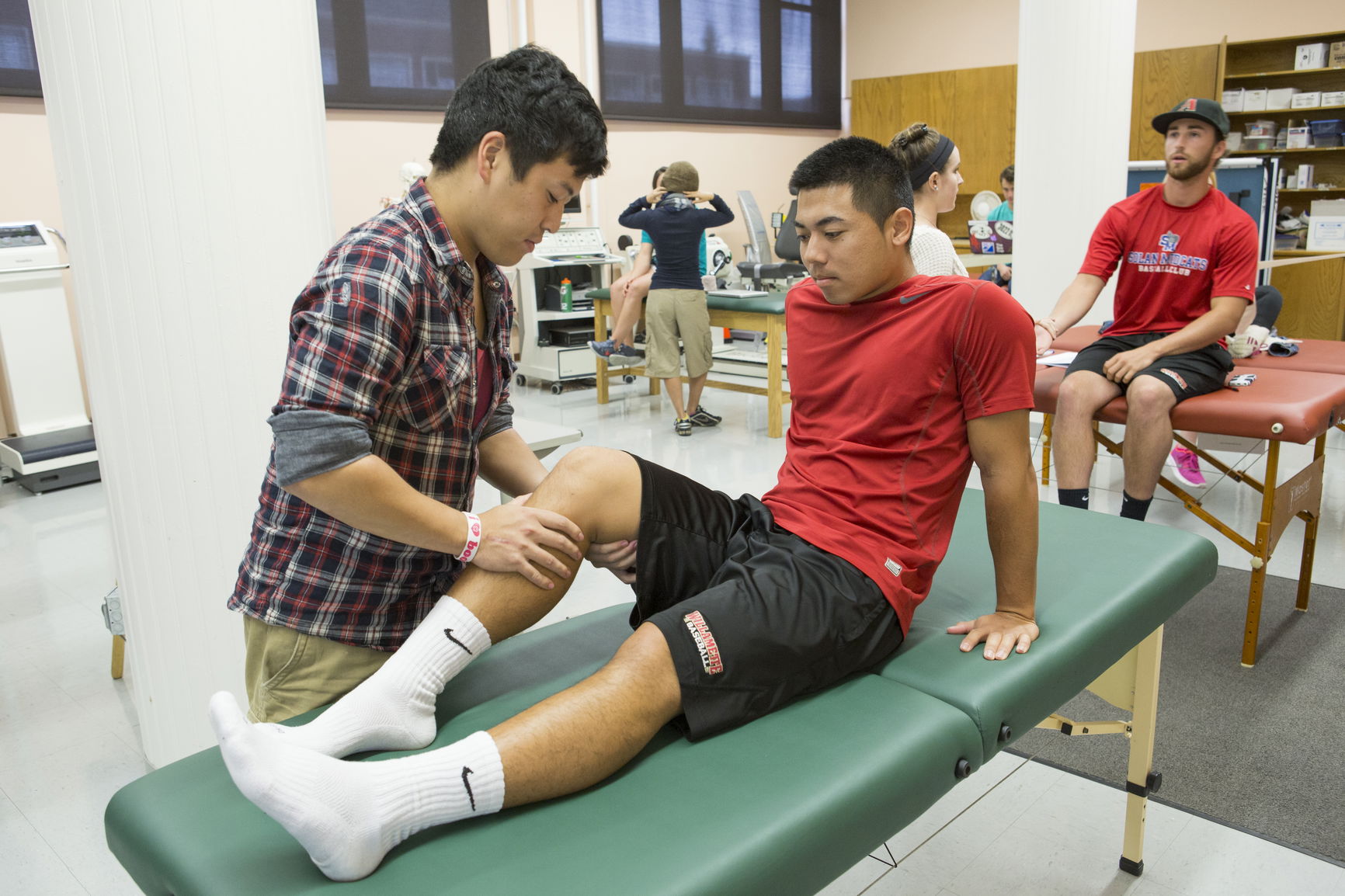Willamette University offers generous merit scholarships and financial aid to Exercise and Health Science majors, with no separate application required. All admitted undergraduates are automatically considered for scholarships starting at $28,000 per year. For students with financial need and a passion for STEM, our STEM Fellows Program provides up to $5,000 annually for first-year students. This program includes mentorship, field trips, tutoring, and more, helping students succeed in their STEM careers. Additionally, Exercise and Health Science majors are considered for research scholarships (iHSI grant), Abendroth research grants, and Kenitzer academic grants based on student scholarly achievements and interest in research. Work study opportunities are also available as academic peer tutors in several of our classes.












